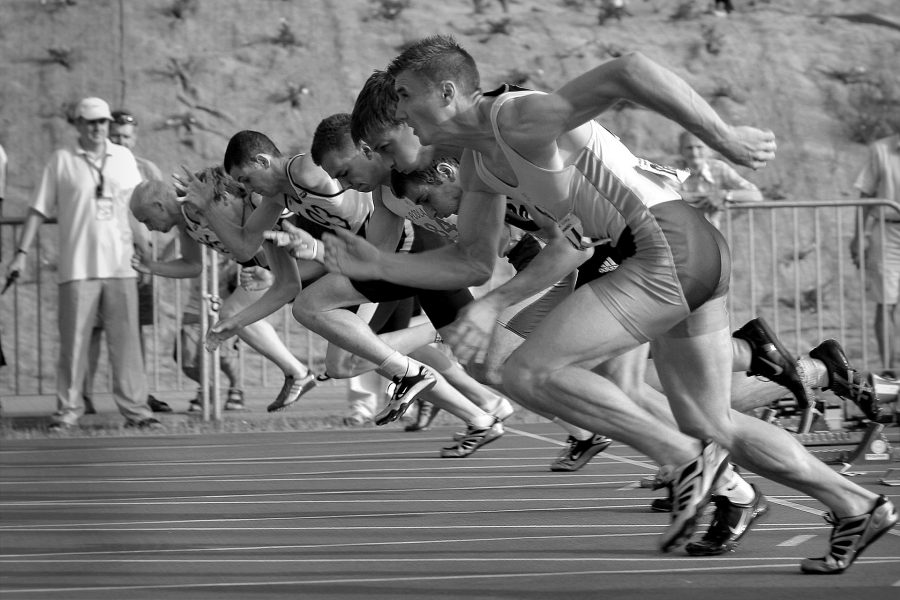For athletes in any sport, speed is a necessity to gain an upper hand on your opponents. Whether you are running vertical routes in a football game, or shuffling sideways to stay in front of your opponent in basketball, developing your speed can greatly enhance either of those actions, and can separate a good player from a great player.
If you find yourself struggling to enhance your speed, a common mistakes athletes make is simply relying on cardiovascular exercises. While these are beneficial, they can only go so far, and you are more likely to increase your endurance performing these exercises rather than your speed. Below are a number of workouts you should try that are great for improving overall speed.
Squats
Targeting the quadriceps, hamstrings, and glutes, squats can greatly improve your upper leg strength, which directly translates to increased speed. To perform this exercise, place the barbell comfortably on your shoulders behind your head, keeping your feet shoulder-width apart. Slowly lower your stance keeping your back straight and pushing your hips back. Be sure to tighten your core for support. Lower your body until your thighs are parallel to the ground, slowly returning to the starting position. The amount of weight you use varies the intensity of the workout, so find a weight that’s comfortable, yet efficient for you.
Broad Jumps
Plyometrics are great for speed-based exercises, and broad jumps are perhaps the most standard of the field. This teaches the muscles in your legs to contract extremely quickly, allowing for explosive bursts of speed. The starting position involves your feet being hip-width apart, and slightly lowering your hips before jumping forward, landing flat on your feat. For increased difficulty, try jumping backwards from the position you landed in, back to where you were.
Power Clean
What may be surprising is how much this workout can benefit one’s speed, but to be fast, a great amount of strength is required in all muscle groups. For this workout, start with your feet hip-width apart, and grab the barbell with your forearms facing forward (or an overhand grip). Maintaining a straight back, pull the bar up, then swing up. At this point in the motion, extend your hips and knees at a very fast rate so that you are now standing straight, and the bar is now at your shoulders with your hands now at an underhand grip. Return slowly to the starting position.
Heel/Calf Raises
This exercise works best when you are standing on a slightly elevated surface with your heels hanging over the edge. Stand on the balls of your feet, and slowly lower your heels until you feel stretching in your achilles tendon. Then, raise your heels eventually reaching a height higher than your toes. You should feel a tightness in your calves. Both of these movements can greatly enhance the strength of your lower legs; another crucial body part in having adequate speed. You can also turn your toes inward or outward when performing these raises to target different muscles in the lower leg area.



